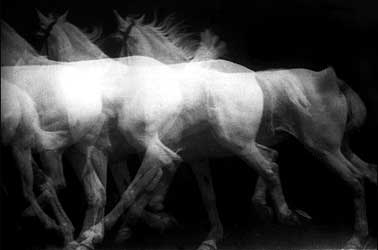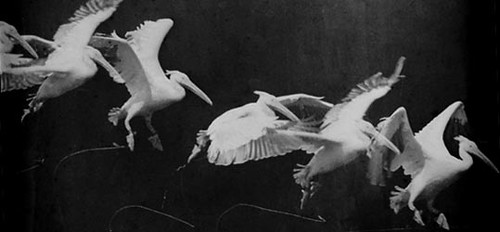I did really like some work, though.
Darren Hughes had up a number of very bleak landscapes. The dark tones, and often the extremely large fields of view resembled panoramic photographs. They were a depressing but beautiful view of the valleys. Lots of rain and fog on top of the hills.

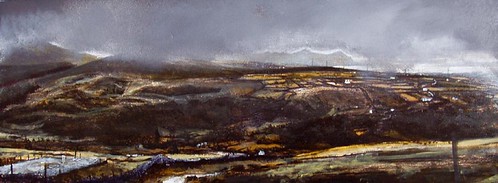
Kevin Sinnott was my favourite, though. Interesting compositions of town life with some contemporary twists here and there, like a painting of a chap free running up a bus stop with some girls watching, or a country scene by a house that randomly happens to have naked figures in one of the groupings. I've not been able to find either one of these online, so I'll show some other of his pieces. Once again, I'm afraid I could see the first one of these being a scene shot with a Mamiya 7.
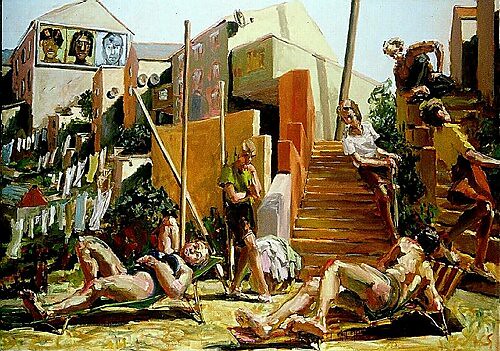
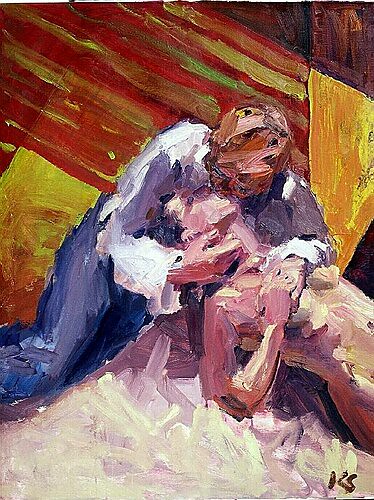
To further dig into the paralelism with the photography world, I thought that the work of Sally Moore deeply resembled things that you could find in Flickr Explore. Some sort of pop crowdpleasing. Maybe I'm just a very boring guy.




